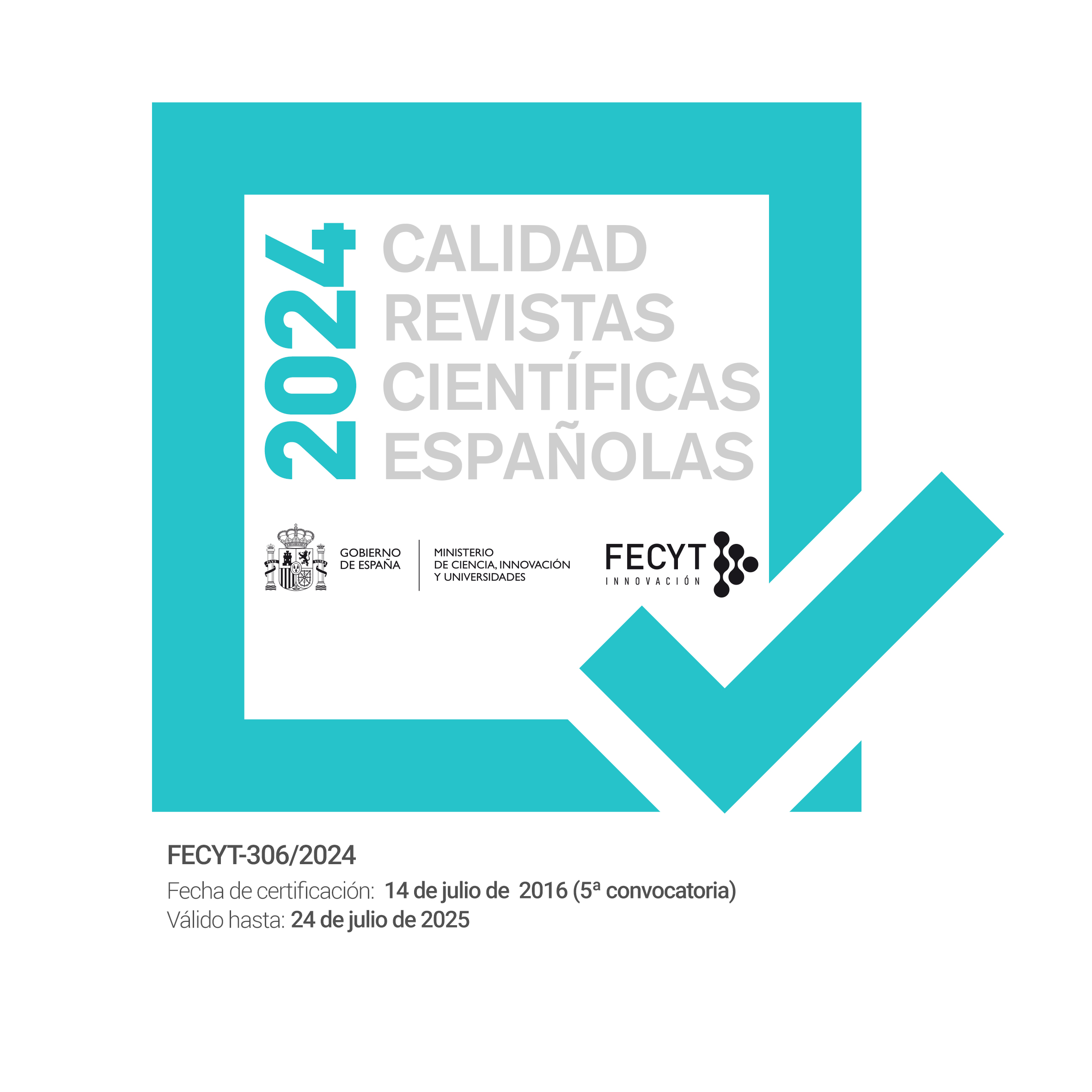Transiciones a la maternidad a través de las generaciones. Factores causales del nacimiento del primer hijo en España
DOI:
https://doi.org/10.22325/fes/res.2022.108Palabras clave:
fecundidad, familia, transiciones del curso de vida, trayectoria laboral, emancipaciónResumen
El objetivo del trabajo es analizar la transición a la maternidad de las generaciones de mujeres nacidas en las décadas de 1960, 1970 y 1980. De manera particular se trata de estudiar el efecto de las características sociodemográficas, familiares y las principales transiciones vitales de la mujer (formación de pareja, trayectoria laboral y emancipación) sobre la probabilidad de nacimiento del primer hijo. Utilizando la Encuesta de Fecundidad de 2018 del INE, se aplican modelos de supervivencia de tiempo discreto para analizar la edad al nacimiento del primer hijo considerando las características particulares y familiares, e incorporando las transiciones vitales. Los resultados no muestran diferencias significativas entre generaciones en la intensidad de la transición al primer hijo, aunque sí se observa por el contrario un retraso de la primofecundidad, debido fundamentalmente al cambio en las características de las propias mujeres y de manera particular al aumento del nivel educativo. La importancia de las transiciones vitales se mantiene pese al cambio generacional, así sigue siendo fundamental para la transición a la maternidad tener una pareja estable y haber logrado la emancipación e independencia económica. Pero, mientras que en las generaciones más antiguas el empleo favorecía la maternidad, en las generaciones recientes el acceso al mercado de trabajo no afecta la maternidad, aunque el no acceso la reduce.
Publicado
Cómo citar
Número
Sección
Licencia
Derechos de autor 2022 Rafael Grande, Alberto del Rey, Jesús García-Gómez

Esta obra está bajo una licencia internacional Creative Commons Atribución-NoComercial 4.0.
Todas las publicaciones de la Revista Española de Sociología se realizarán bajo una licencia abierta Creative Commons de Reconocimiento 4.0 Internacional (CC BY 4.0). Dicha licencia establece que los autores son los poseedores de los derechos de propiedad intelectual de sus trabajos, que pueden redistribuirse a cambio de un reconocimiento adecuado. Para más información de la licencia Creative Commons, consultar aquí.
Una vez aceptado un artículo para su publicación, la Revista Española de Sociología solicitará al denominado "autor para la correspondencia" la aceptación de una licencia obligatoria Creative Commons incluida en un acuerdo o contrato de publicación.



